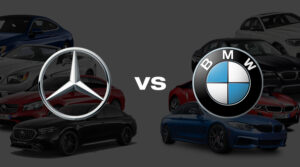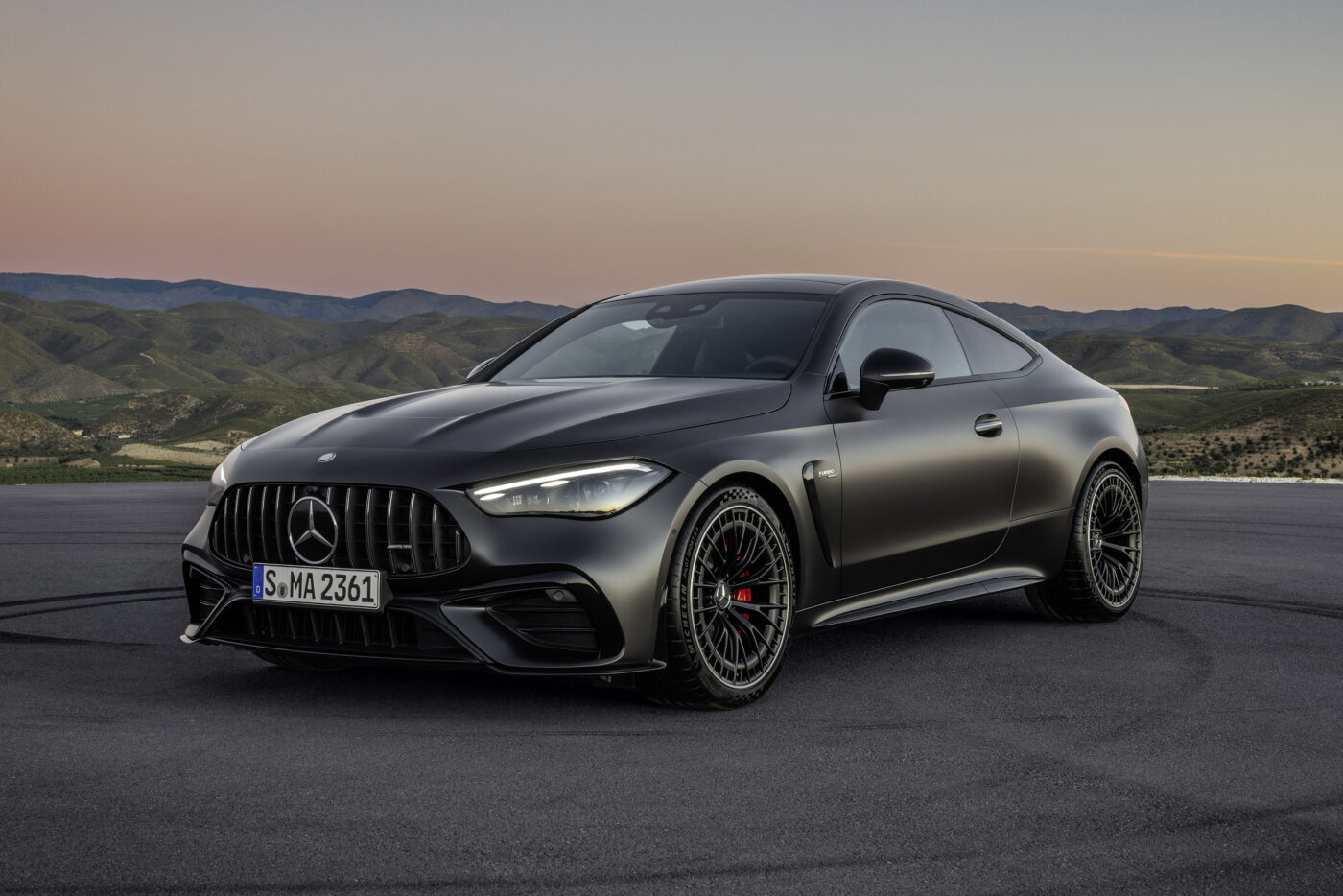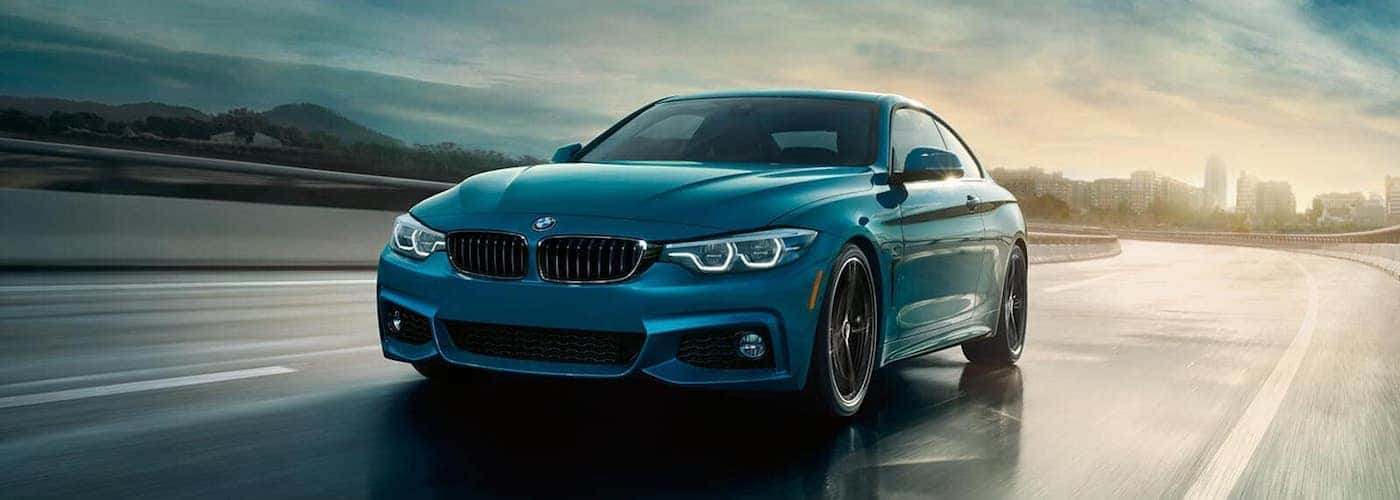
When it comes to luxury automobiles, few rivalries are as iconic as that between Mercedes-Benz and BMW. Both German giants have carved out powerful global identities, yet they approach branding, marketing, and customer perception in very different ways.

Mercedes-Benz
Brand Identity
Mercedes-Benz has long positioned itself as the pinnacle of automotive luxury and engineering excellence. Its slogan, “The Best or Nothing,” isn’t just a tagline it’s their mission and guarantee. The brand emphasizes heritage, status, and timeless design. Mercedes is often associated with sophistication, comfort, and prestige.
Marketing Strategy
Mercedes marketing leans heavily into heritage and elegance. Campaigns often focus on innovation (like their safety technology or electric vehicles) while reinforcing the brand’s luxurious image. They frequently use sleek visuals, classical music, and authoritative narration in their ads, targeting successful professionals, executives, and those who want to project affluence and refinement.
Public Perception
People often see Mercedes as a symbol of success. It’s the car of diplomats, CEOs, and those who’ve “made it.” The brand is often associated with classical luxury, making it appealing to an older, more conservative demographic, although this has been shifting with newer models and the introduction of sportier variants and electric models.

BMW
Brand Identity
BMW markets itself as a driver’s brand. Its longstanding slogan “The Ultimate Driving Machine” is all about performance, agility, and connection to the road. BMW emphasizes the thrill of driving, precision engineering, and a sportier lifestyle. It’s less about being chauffeured, more about being in the driver’s seat.
Marketing Strategy
BMW’s marketing campaigns highlight emotion, performance, and dynamism. They often feature winding roads, sharp turns, and the sound of an engine revving. The focus is on you, the driver, and your experience while driving.
Their ads tend to feel younger, more energetic, and often more adventurous than Mercedes. BMW also uses tech-savvy features and digital experiences to appeal to a slightly more youthful, urban, and active customer base.
Public Perception
BMW is often seen as the choice of enthusiasts, those who love the act of driving itself. It’s considered stylish and sporty, with a slightly more rebellious or assertive attitude. While it’s still a status symbol, it appeals more to youthful ambition than old money elegance.
Mercedes and BMW are not just car brands, they’re lifestyle brands that reflect different philosophies. Where Mercedes represents calm power and refined luxury, BMW is about dynamic control and passionate driving. These distinct branding strategies have helped both companies create loyal fan bases and clear market positions.
